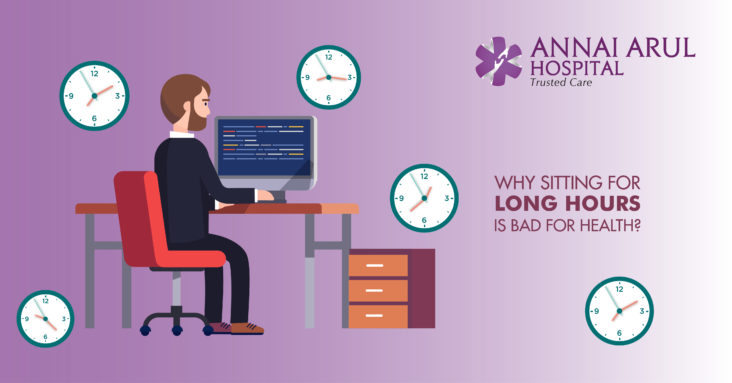Prediabetes is a condition where you accidentally find out that your blood sugar is slightly higher than normal but not high enough to be called diabetes. In this condition you will hardly notice any symptoms of diabetes. If you are overweight, over 45 or have a family history of diabetes you are at higher risk to get diabetes. Lack of exercise added to the above conditions makes it more likely to develop diabetes and heart disease.
There are certain steps you can take to change your possibility of getting type 2 diabetes due to lifestyle.
Blood sugar fasting value ranges from 110-126. The values after food will be between 140-200.
Decide to lose weight
You just have to lose about 7% of your body weight and it will make a huge difference. Towards this, first you have to change your diet and start eating a healthy diet with fewer calories. Keep track of your weight, eating habits and physical activities.
Have healthy food habits
As a rule just fills half of your plat with non-starchy vegetables like asparagus, Brussel sprouts carrots etc). One quarter should have starchy foods like potato, corn and peas. The remaining quarter will contain chicken, fish, or beans. Have limited carbs like baked pasta since they raise blood sugar.
Get into regular exercise
Regular exercise will help to lose weight and feel better when you burn more calories. A brisk walk for 30 minute, 5 times a week should be the trick. Join a gym or get a friend to work out with you so that you maintain a regular schedule. Aerobic exercises like walking, swimming, dancing and strength exercises like weight lifting, pushups, pull-ups are some exercises that help.
Get your sleep
One effect of good night’s sleep is that your blood sugar remains under control and helps maintain healthy levels during the day. If you can’t sleep at night, wakes up too early or gets less than 5 hours of sleep then you are more at risk of getting diabetes. For ensuring better sleep avoid alcohol or caffeine late in the day. Keep a regular sleeping time and stick to a calm and quite bedtime habit.
Quit Smoking
Quit the habit of smoking since 30% – 40% of the smokers are prone to get diabetes sooner or later. If you have diabetes and still smoke then there is no question you will suffer from various health problems.
Metabolic Syndrome increases heart problems, risk of stroke, prediabetes, diabetes, Triglycerides high, low HDL good cholesterol, exercise weight.






